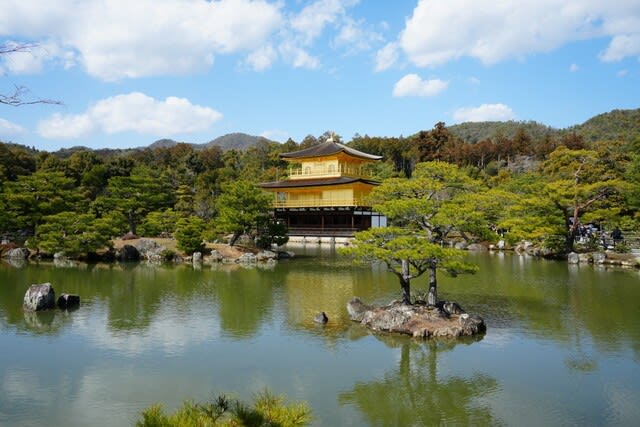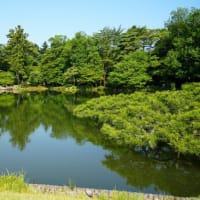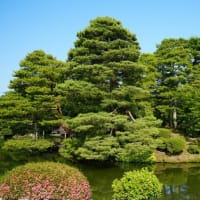2018/3/4
Until August 4 years ago, I did not know Mr. Furuta Hiroshi at all because I was a subscriber to Asahi and Nikkei ... Only as for this thing, the biased coverage of Asahi Shimbun was hardcore... Then, it is because I am a human being who lived in business circles, not in the press.
I am the first person in the world to clearly define the Internet as the most extensive library in human history.
After all, I have never played games on the Internet, and I do not want to do anything in the future either.
I found an excellent article this morning.
http://blog.goo.ne.jp/2005tora/e/665e5106cbae3257e8863c69262e3b33
That our Japan was surrounded by a serious state group, the kidnapper (North Korea), the island thief (Korea), and the sea thief (China) became finally clearer to the people.
East Asia' Anti-Japan' Triangle (Bunshun Shinsho) Furuta Hiroshi (Author)
Customer Review
◆ In this chapter consists of six chapters: China, Korea, North Korea, etc.
It will draw on the background that East Asia's three countries stick to anti-Japanese nationalism.
For one thing, China is the entrance to the modern period, Korea is in the middle of the contemporary period, North Korea is in the Medieval Ages,
In East Asia's only postmodern period, Japan is said to have been exposed to 'attacks from the past' by such a state group at different times.
However, in a group of international sports events sponsored by their country group, a form human letter, Koreans who abuse another country and are pleased with everyone, or, such as making a consular office of another country attack by public-made demo as a part of diplomacy, as I see China's too stupid and ugly, I do not think that Japan such have similar to such countries in the past.
Though the being of Japan in the different times is done an exciting viewpoint about three countries of East Asia,
Rather, are cultural and spiritual differences between Japan and these countries, which are also mentioned in Appendix II, not serious?
The appendix after this chapter is equal to this chapter.
As for this chapter, actually, the appendix behind it is interesting, not in any way inferior to this chapter.
Appendix I cites two cultural figures from Korea called Miri Yu and Kang Sang-jung. They are fascinated by the identity of Koreans in Japan as victims, as the author aims to 'The mythicization of Koreans in Japan Issei.' However, the author says that this identity leads many third and fourth generations to 'Victimity' and leads to unhappiness.
This article continues.

2024/3/3 in Kyoto
















